Northern Exposure
Adventures a few miles north and a thousand years back, all enjoyed with amazing food!
Note: I’ve combined my “food tour” of Portugal posts with some notes from our trip to the northeast. The food comments are at the end of this post.
If you watched the 1990’s TV series “Northern Exposure,” you’ll get the reference from the title of this post. It came to mind because we lived not too far from where the hit series was filmed when we lived in the state of Washington, and because we’re attempting to be exposed to every square mile of Portugal. So far, we’ve explored most of the country, with the exceptions of the islands (Madeira and the Azores) and the northeast. Last week we moved one step closer to our goal of experiencing all of Portugal with a trip to the northeast, with a detour to an area of central Portugal we’ve passed through many times but not really explored.
On our first day we drove due north of Lisbon to visit the monasteries of Alcobaca and Batalha. We’d been told these sites were impressive, and were not disappointed. The monastery at Alcobaca was established in 1153 by the first king of Portugal, Afonso Henriques. The church, built in an austere Gothic style, is the largest church in Portugal. One of Portugal’s kings, along with his mistress, is buried in the church. A large portion of the monastery precincts is open to the public, so lots to explore. I’m always impressed with the ingenuity, vision, and grit that went into building these massive complexes. A significant part of the library’s medieval manuscripts were saved and now live in the national library.
Just a few miles north is the monastery of Batalha. Not as large as Alcobaca, it’s main attraction is the church and the side chapel where many royals are entombed. The monastery was commissioned by King Joao I to commemorate the victory of the Portuguese over the Castilians at the battle of Aljubarrota in 1385. Joao and his queen, Philippa, are buried in a chapel just off the west entrance. Four of their sons are buried in the chapel, including the famous explorer, Henry the Navigator. Henry is considered to be the initiator of Portugal’s age of discovery which gave birth to the country’s golden age.
Just a about three hours or so northeast of Batalha lay our northeasterly destination: Braganca. It’s origins dating from the Roman occupation, Braganca was a strategic border town in this far corner of the country. It was our base for three days as we explored the town and the huge Montesinho National Park. In town, the 12th century castle is amazingly well-preserved. The castle keep is now a military museum with some interesting displays documenting wars stretching from early days of Portugal’s independence through the second world war. There’s much more to discover in the town, but we wanted to spend some time in the national park, so I guess we’ll have to back to check out what we missed!
The Montesinho National Park, just a few miles north of Braganca, features some of the wildest terrain in the Iberian Peninsula. There are two mountain ranges and an abundance of rivers and streams. Most of the sparse population lives in small, self-contained villages which haven’t changed much in the last 100 years. The locals call the area Terra Fria (Cold Land) and host festivals rooted in pre-Christian rituals. We spent the better part of two days finding two waterfalls, one of which had us driving our rental car on some pretty rough forest “roads!” There are a plethora of beautiful natural areas in Portugal, but this area of the country is absolutely gorgeous.
I don’t know if it’s because we’re older now or just spoiled or both, but where we stay and what we eat has become an important part of our travel planning and experience, especially the eating part! We overnighted at some great hotels: Quinta do Vallado (just north of the Douro River), Pousada Sao Bartolomeu (Braganca), and Vidago Palace (just south of Chaves), all of which had restaurants on the property. The main restaurant at Vidago Palace was closed, which was a reminder to check the hotel website for their restaurant hours before booking if you really want to check out their fare. Dinner at Quinta do Vallado was tasty and the service very good. The restaurant is only open to hotel guests, however.
Our best dining experiences were in Braganca. We dined at two restaurants owned by the same two brothers, Oscar and Antonio Geadas. On our first night in Braganca we ate at “G” Pousada. Using ingredients from the Trás-os Montes region, the chef (Oscar) delivered a meal that began at 8pm and ended right before midnight! Without going into great detail, this restaurant now sits in our top five list of dining experiences in Portugal. The service was over the top!
Across the river from “G” and just inside the ancient citadel walls is he duo’s second restaurant: Contradicao. Much less formal and definitely more affordable on a budget, Contradicao serves up locally influenced cuisine. If the weather is nice, you can sit on the terrace. The brothers have done quite well for themselves. “G” has a Michelin one-star and Contradicao is listed in the Michelin guide. Last week, I was in the Douro Valley, where I ate at their third restaurant located on the Quinta do Tedo property. More about the Douro later!
Thank you for reading Letters from Lisbon!
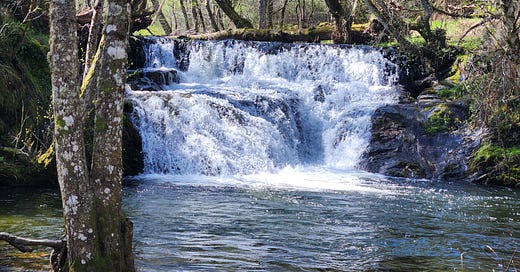



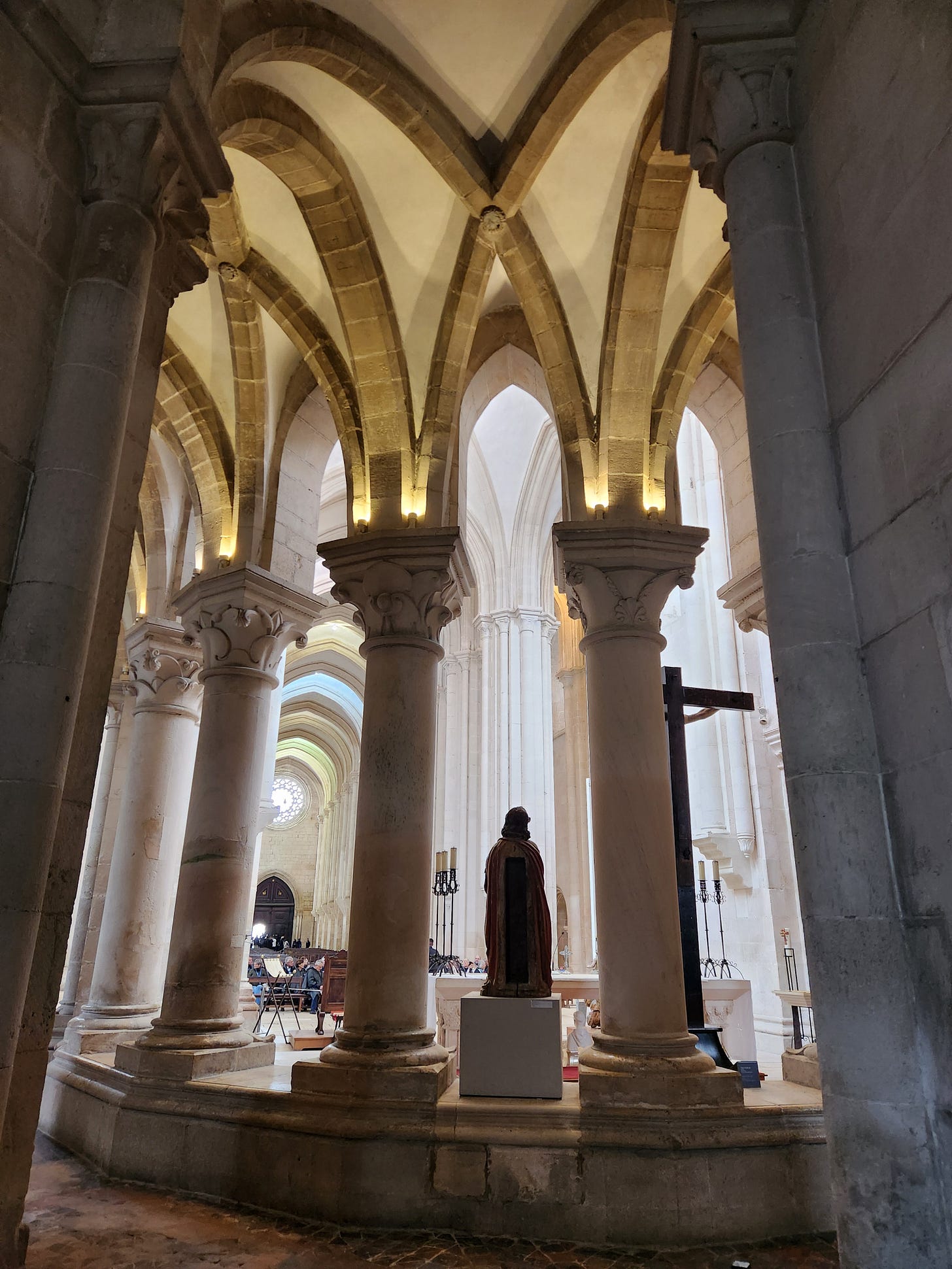
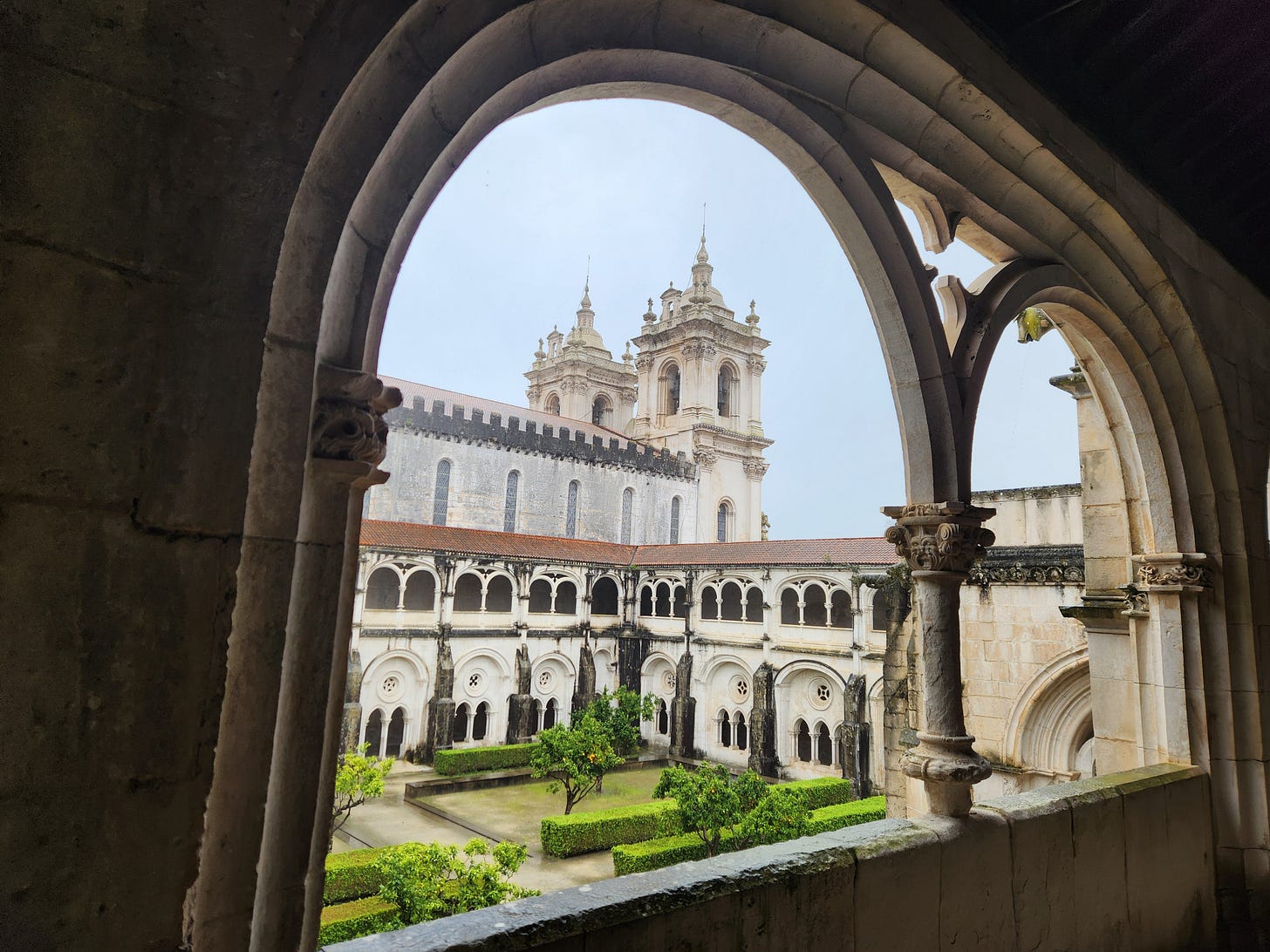
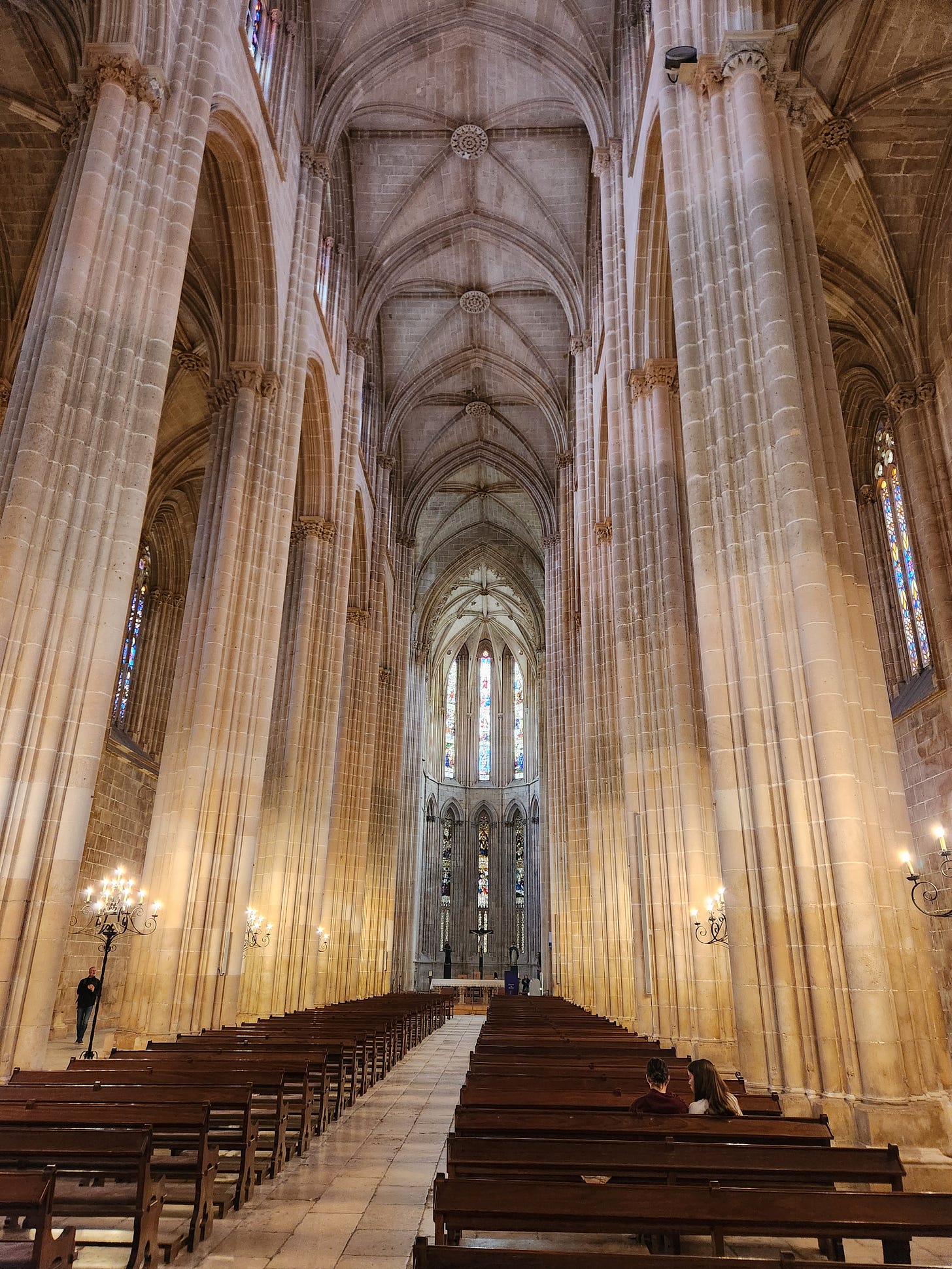
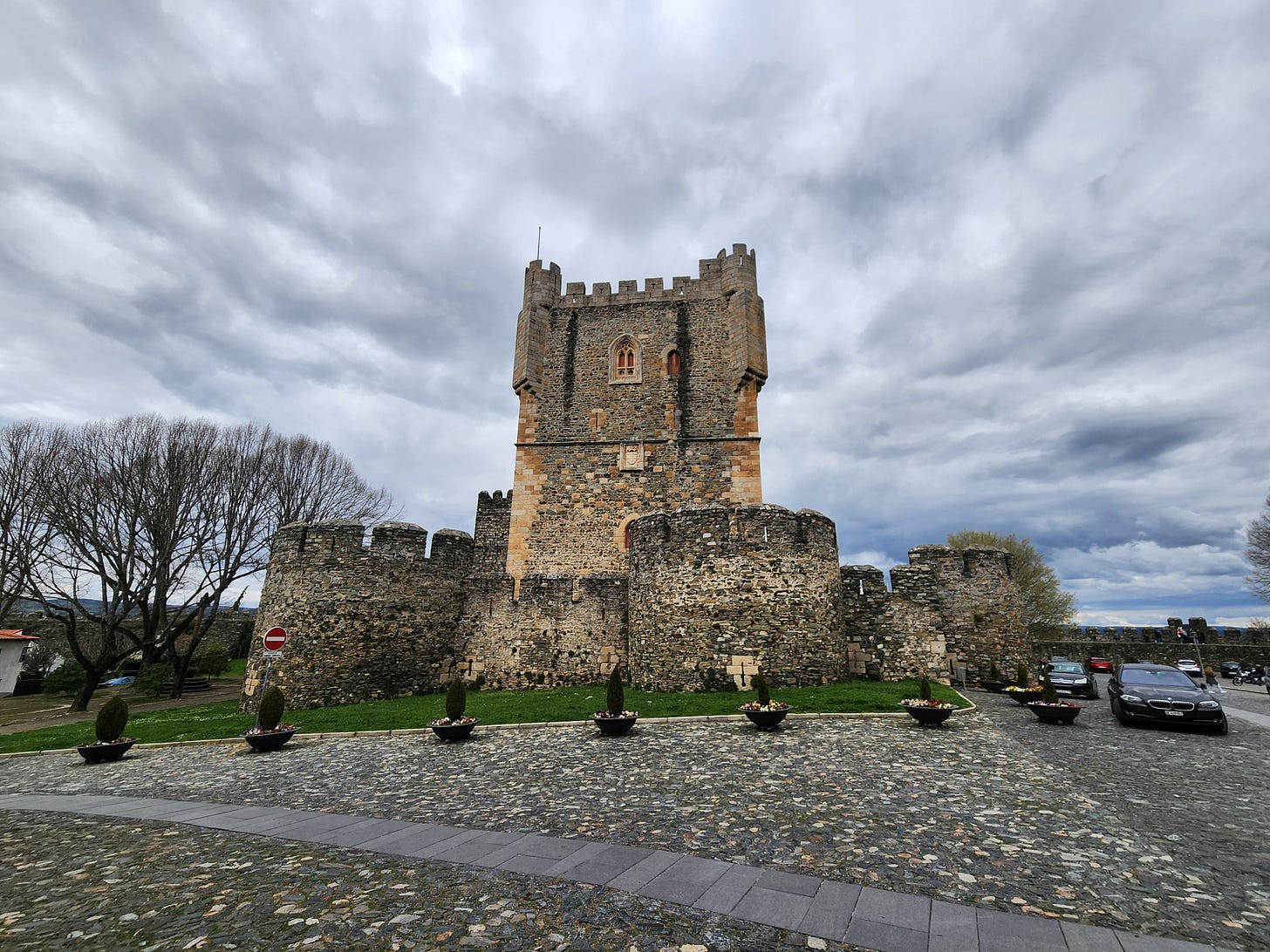
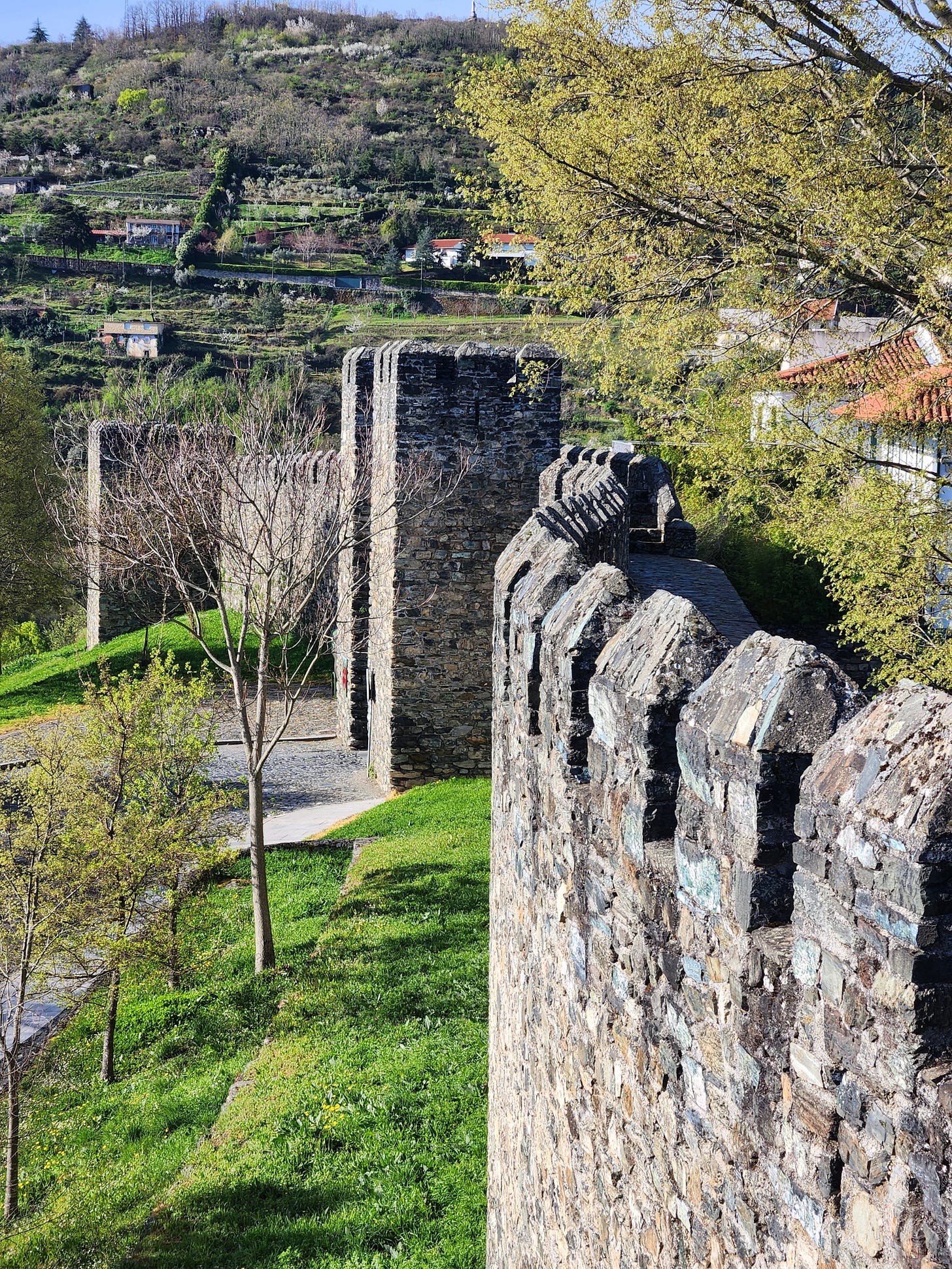
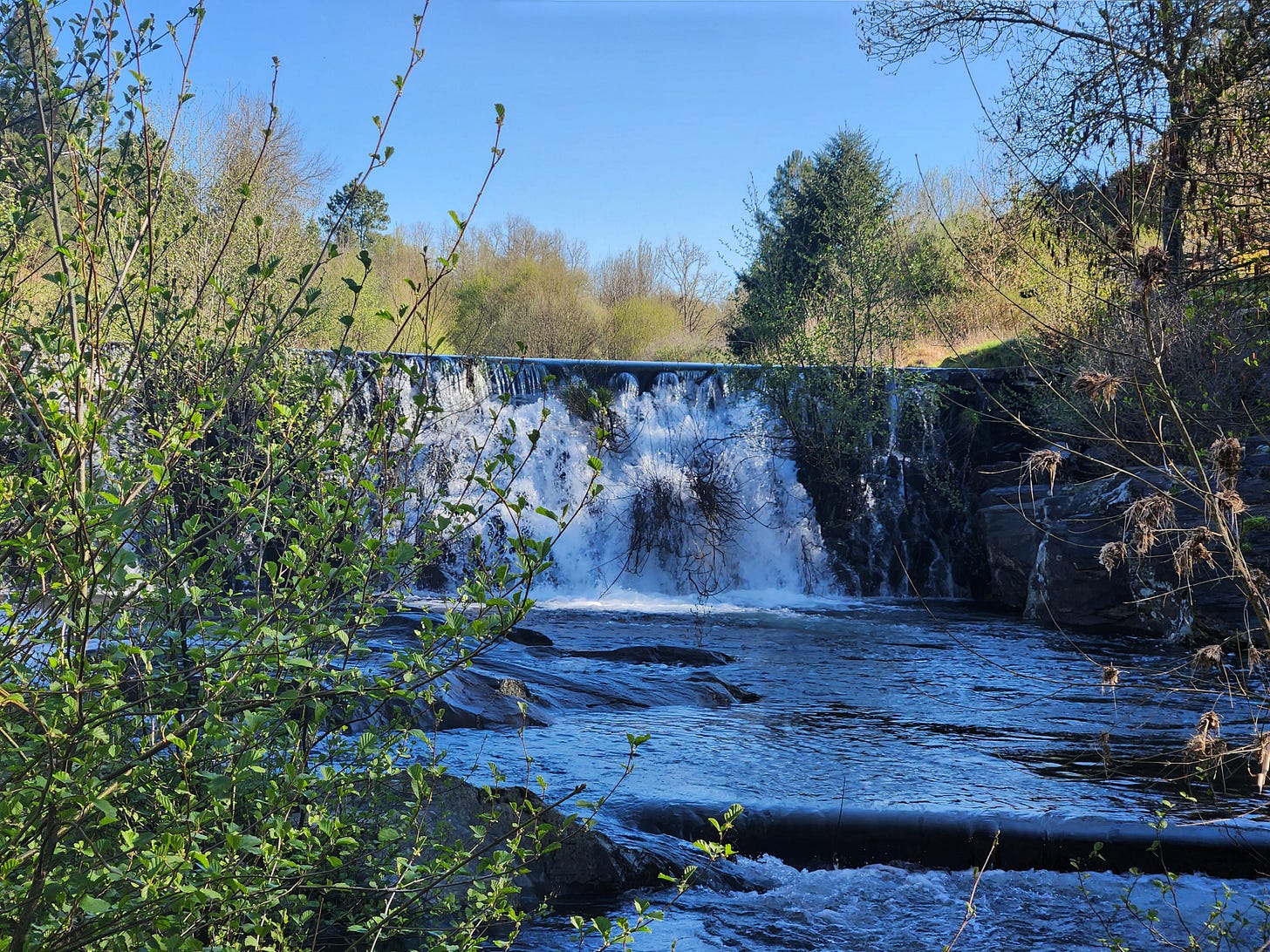

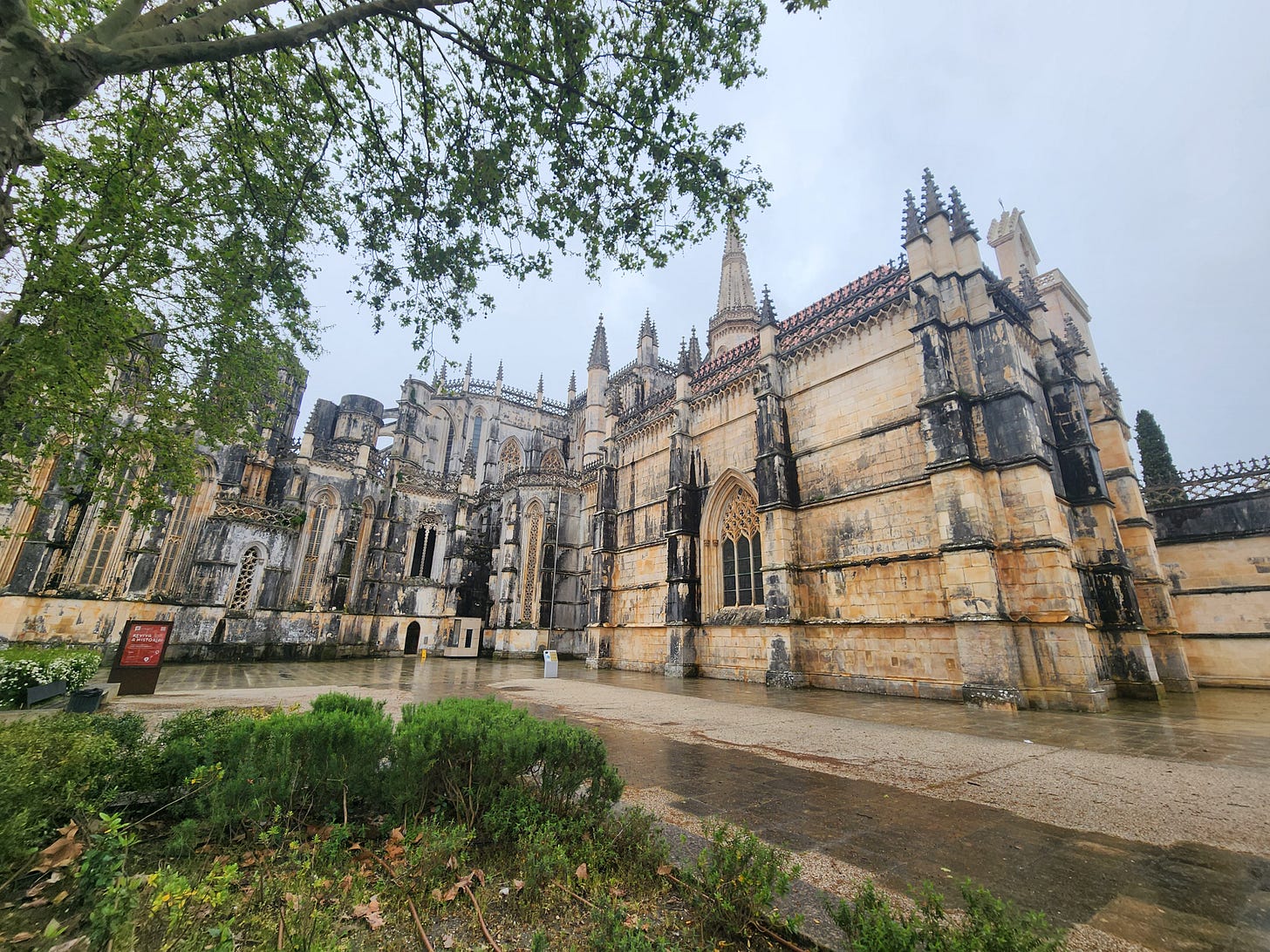
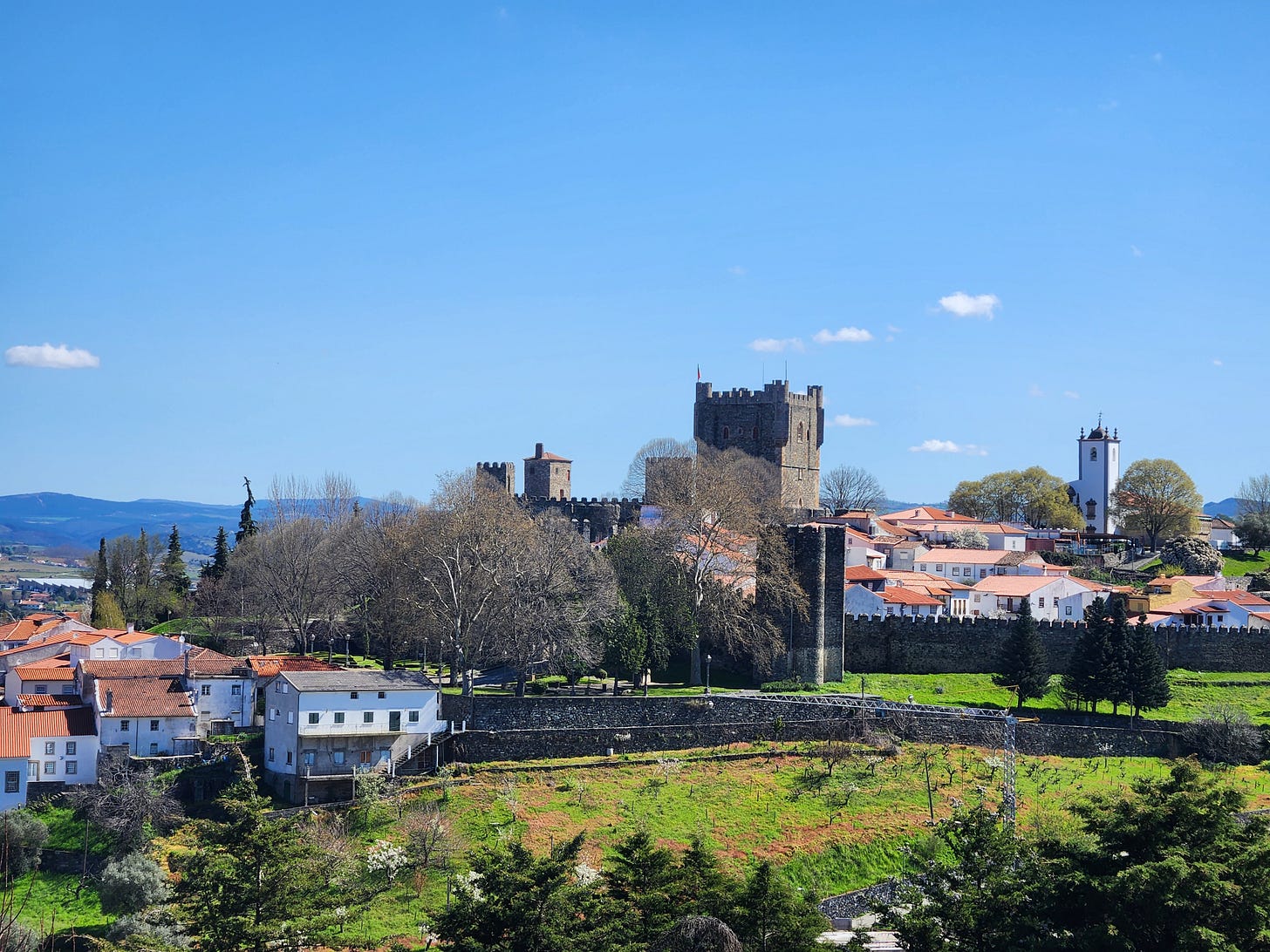
Wow Steve what an amazing trip! Loved the pictures, and enjoyed all the history, you are really seeing some beautiful places,
beautiful!